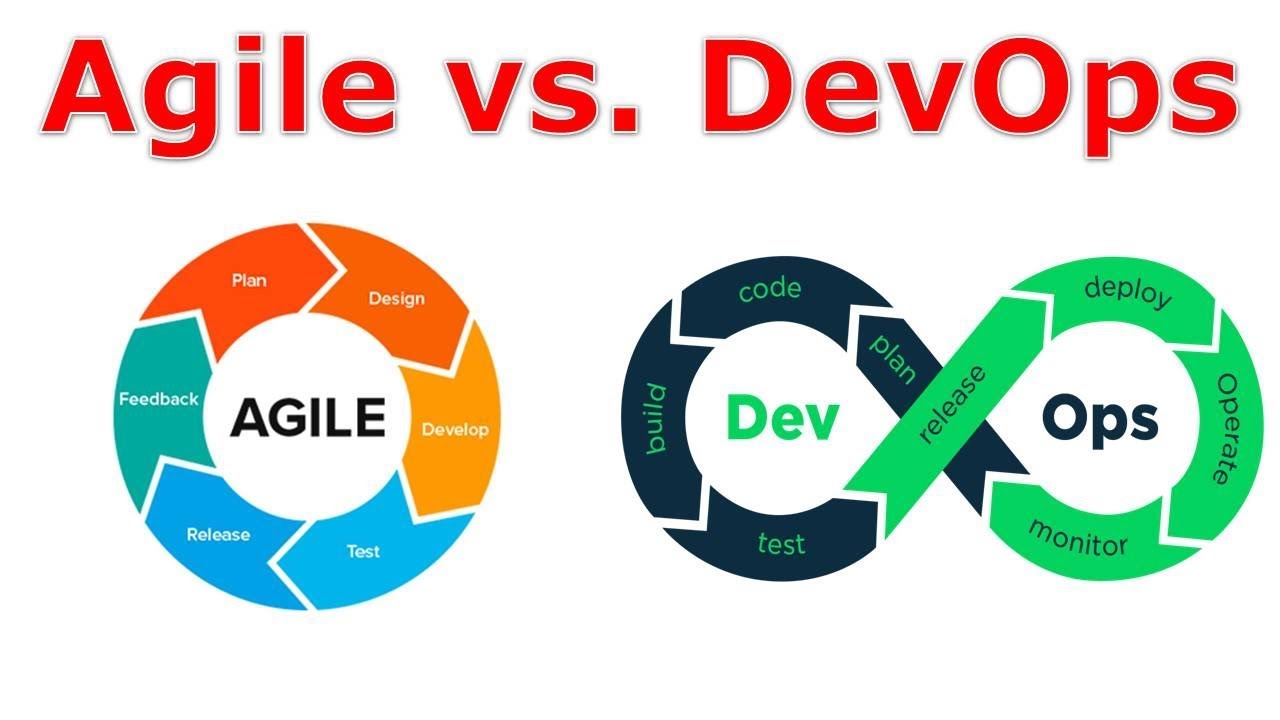DevOps is a methodology of software development processes. It combines development (Dev) and technical support (Ops) to improve their performance by automating the infrastructure, processes and performance of the released applications. DevOps allocates responsibility to each team member through communications and interactions between them, thus avoiding internal conflicts within the organization. The methodology allows you to create software faster and better, and most importantly – to provide better IT service.
What do Agile and DevOps have in common?
Agile and devops are methodologies of software development processes. Its essence is to divide the project into smaller modules, which allows customers to control the progress of work at all stages of the life cycle and make their own corrections. Developers can respond to customers’ requests at once, which makes the software development process more flexible. One of the drawbacks of Agile is poor interaction between the development and operation contours – a chasm through which not everyone can jump. These disadvantages are eliminated by DevOps. It fills the gap in communication between development and administration, which increases the frequency of application updates for better and faster results. And of course, DevOps does not deny Agile, but complements it with its practices.

Who is a DevOps engineer?
A DevOps engineer is a specialist who integrates the DevOps methodology into projects. He must have knowledge from different fields, he is a developer, manager, tester, and technical support specialist, i.e. he has T-competence.
Continuous Integration & Continuous Delivery – conveyor for quality software
Continuous Integration (CI) and Continuous Delivery (CD) is the concept of DevOps methodology. The goal is to reduce the number of errors in software code, accelerate the process of their detection and improve the quality of the product. The essence of CI\CD is to change the program code regularly (several times a day). Then the program code is entered into the repository with its subsequent assembly and testing. Tests are carried out after each modification of the program code. This concept allows to detect errors at an earlier stage, which will save time on its elimination, because the later the bug is found, the harder it is to fix it. And, of course, it is difficult to imagine the use of software without delivering it to the consumer. That’s why the CD is a must have for a well functioning DevOps.

What tools do DevOps have
Each tool solves certain tasks. Here are examples of some of them:
- Cloud infrastructure – Amazon Web Services (AWS), Microsoft Azure;
- Version control system – GitHub;
- Continuous integration – TeamCity, Jenkins, Gitlab CI;
- Monitoring tool – Prometheus, Zabbix;
- Container tools – CoreOS, Docker, Kubernetes
Dynamic changes taking place in the world of technology, impose more stringent requirements on modern companies in terms of reaction rate, time of release of IT systems and the ability of specialists in various fields to openly communicate and cooperate fruitfully. The developers of embedded systems are not an exception. The required methodology of continuous solution supply sets special conditions for the organization of project processes, and testing ceases to be the final and isolated stage of the entire development cycle. However, the introduction of testing as a continuous parallel development and maintenance of the process raises a lot of questions to the practice of such introduction.
